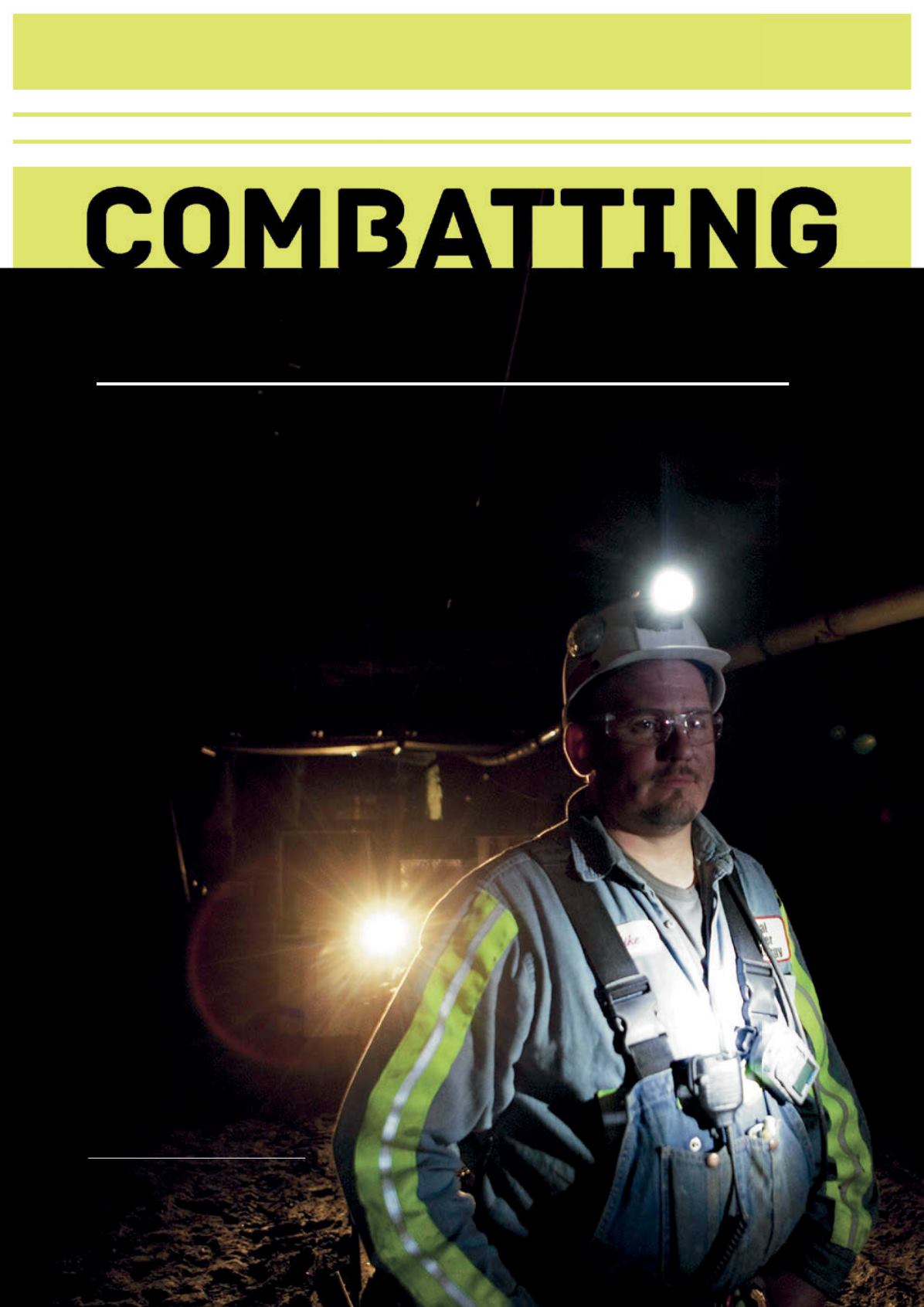
A miner wearing a Strata PAD, part of
the HazardAvert system.
March 2016
|
World Coal
|
39
As the pace of technical developments increases to meet safety
concerns over underground mobile equipment,
Maurice Jones
reviews what is now available on the proximity detection front.
I
njuries and fatalities sustained from collisions with mobile equipment – from
manual tubs to locomotives – have long featured highly in any nation’s
safety figures for underground coal mining. With the widespread
improvement in incidences of gas and coal dust explosions, and to some
extent falls of ground and tripping and falling incidents, injuries frommobile
machinery have increased proportionally. The position has been made worse,
potentially, by the general demands for increased production, which have
resulted in faster and bigger transport and loading plant, increasing
momentum and the potential for greater loss of life, injury and damage.
It is now recognised that increased operator awareness of personnel and
other equipment in hazardous areas, perhaps with automatic reaction to
findings, can alleviate many accidents. Proximity detection with automatic
collision avoidance can be an important way of achieving this.
Underground needs
The principles of automatic collision avoidance used in opencast mining and
other off-road plants were a starting point for most programmes for underground
collisions


